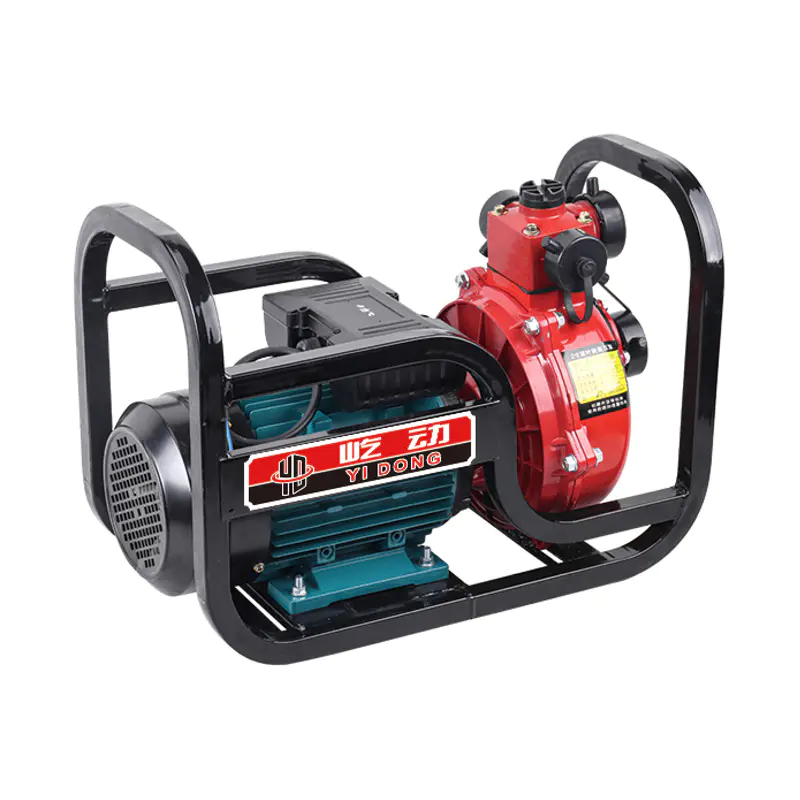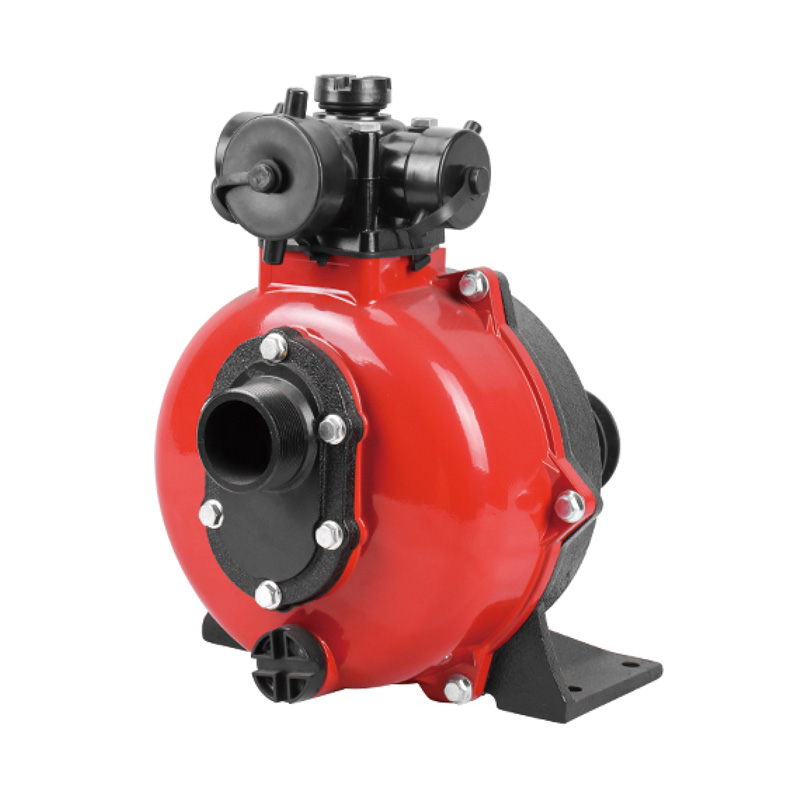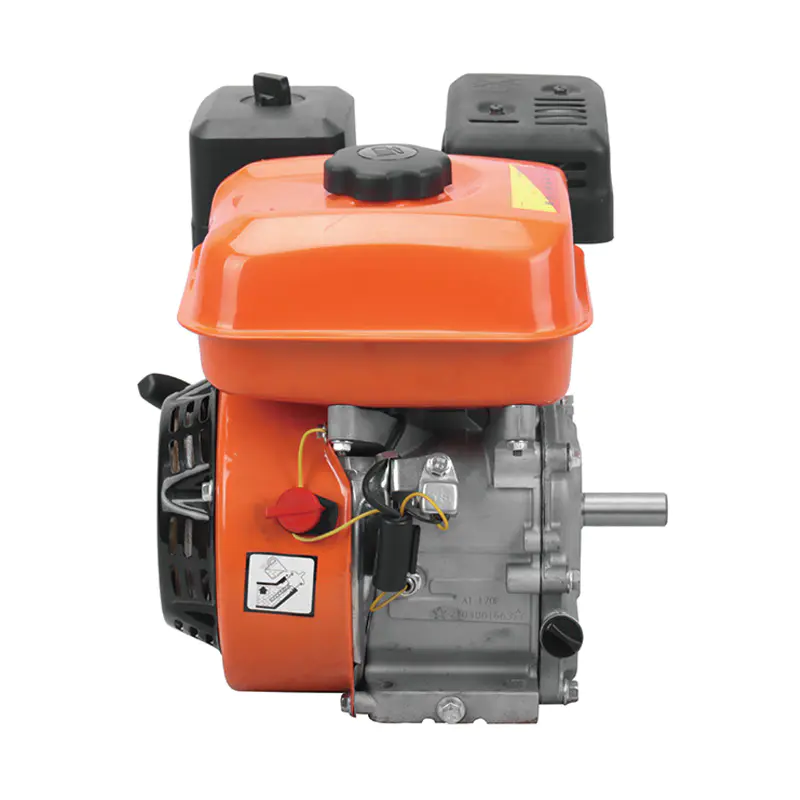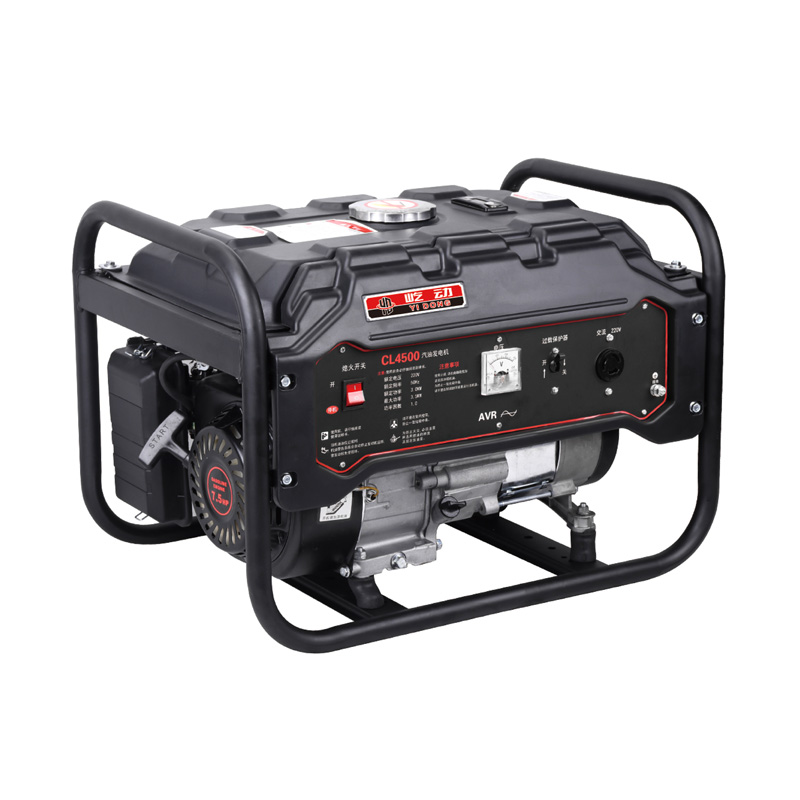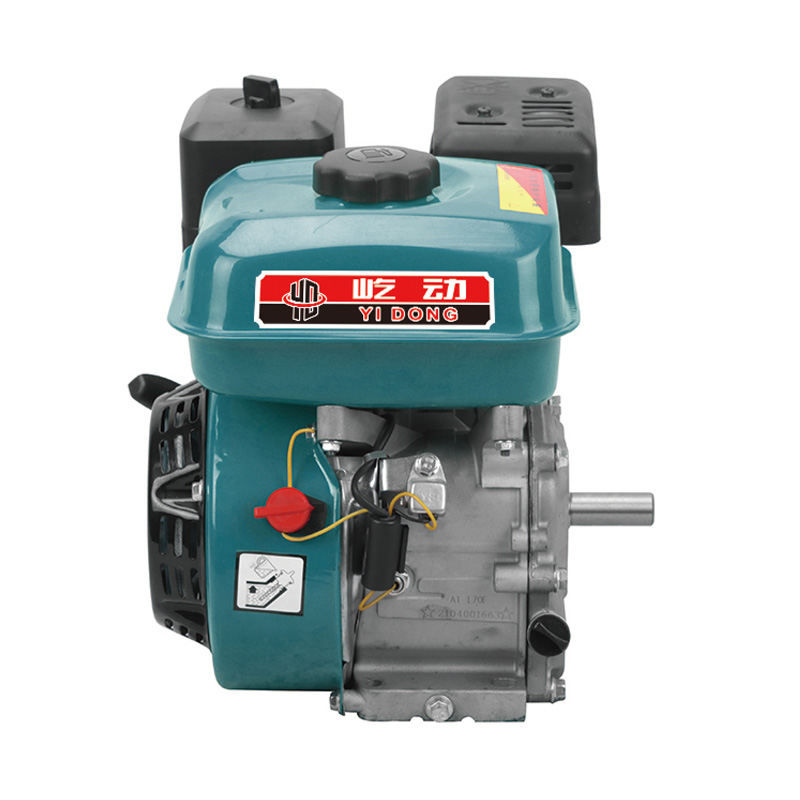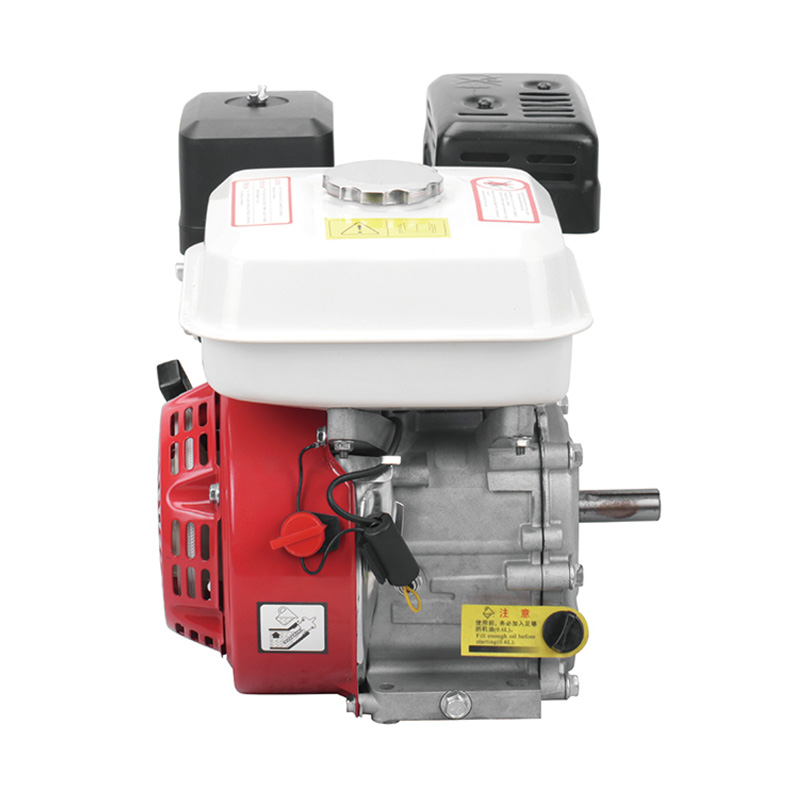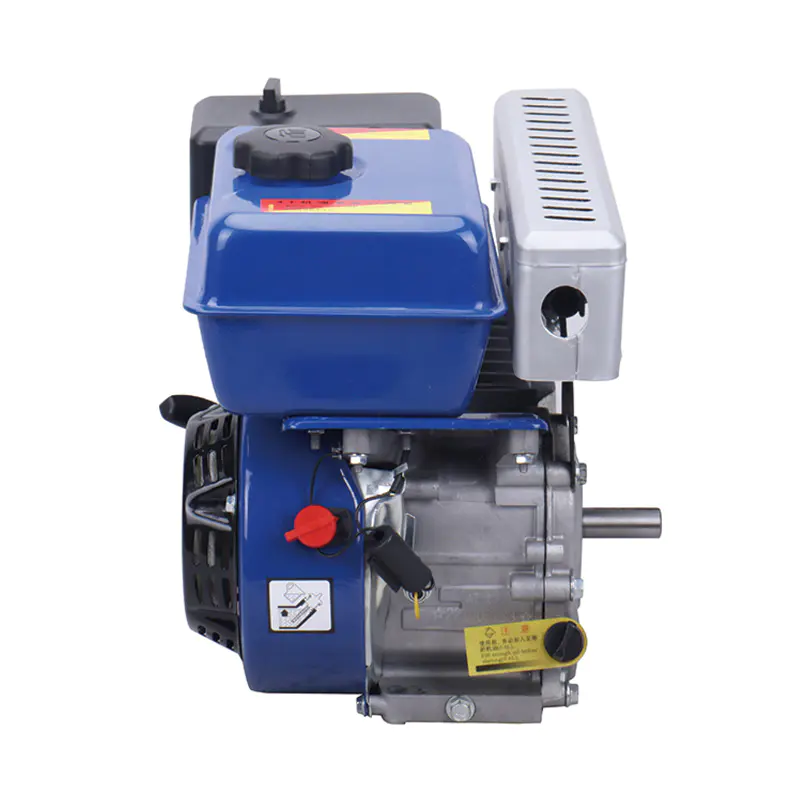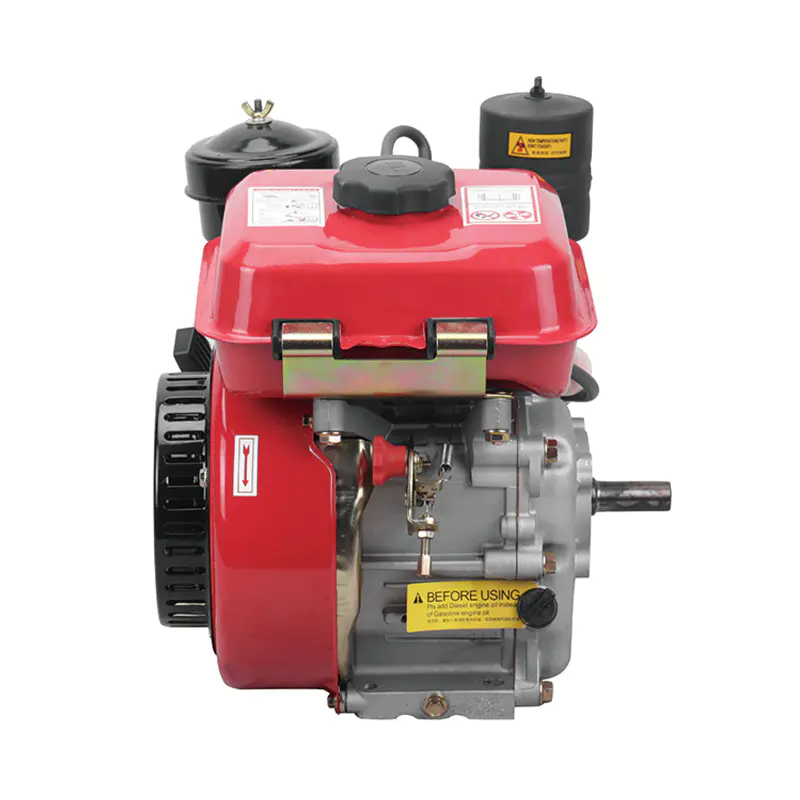Main Components of Cryogenic Centrifugal Pumps
The fundamental components of a cryogenic centrifugal pump are carefully selected to ensure consistent performance at low temperatures. The impeller is central to the pump’s operation, transferring kinetic energy to the fluid and promoting efficient flow. Typically, impellers are made of high-strength, corrosion-resistant metals capable of handling cryogenic conditions.
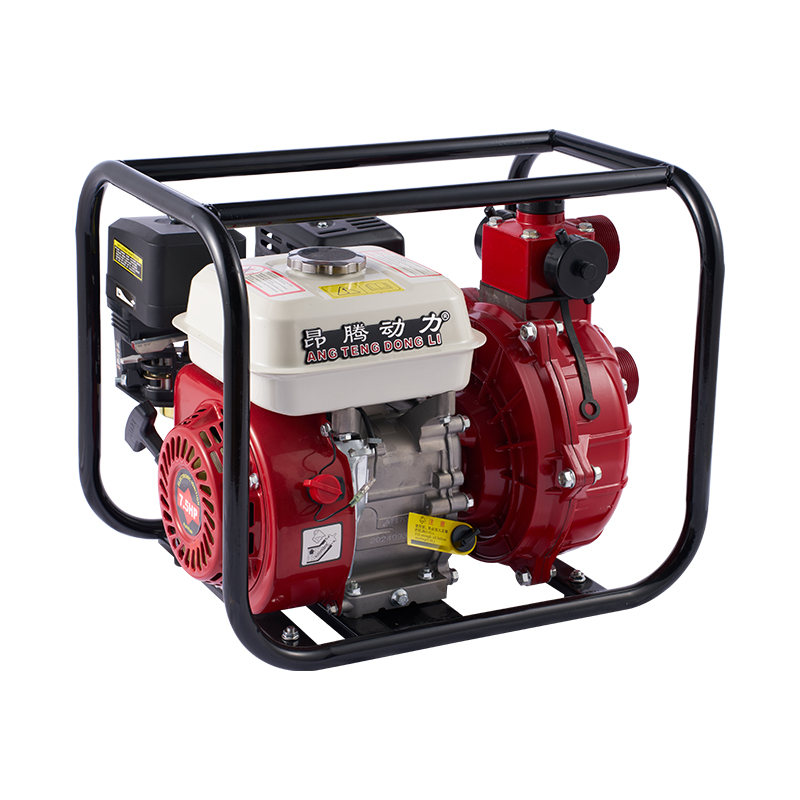
The pump casing provides a protective housing that guides the fluid while energy loss. Casings are often designed as volutes or diffusers to optimize fluid velocity and pressure conversion. Materials are selected not only for durability but also for their ability to tolerate temperature fluctuations without losing structural integrity.
The shaft connects the impeller to the driving mechanism, transmitting rotational energy while maintaining alignment. Cryogenic pumps often include specialized shaft bearings that operate reliably in low-temperature environments. These bearings can be lubricated with solid lubricants or compatible low-temperature fluids to maintain smooth rotation.
Additionally, the magnetic or mechanical seal is critical to prevent leakage. In cryogenic applications, the seal design must prevent any vapor loss and maintain system pressure. Some pumps use magnetic couplings to eliminate the need for direct mechanical contact, further enhancing reliability and reducing maintenance requirements.
Finally, the bearing housing and supporting structures stabilize the pump assembly and absorb operational stresses. These components are designed to accommodate thermal contraction and expansion without affecting pump performance. Together, these components create a cohesive system that ensures efficient, safe, and continuous operation in cryogenic environments.
Classification of Low-Pressure Single-Entry Centrifugal Pumps
Low-pressure single-entry centrifugal pumps are versatile machines used to transfer liquids at moderate flow rates and pressures. These pumps are widely employed in water treatment, chemical processing, and HVAC systems due to their efficiency and simplicity. Their design emphasizes steady flow, easy maintenance, and adaptability across various applications.
These pumps are classified based on impeller type, including open, semi-open, and closed impellers. Open impellers allow solids to pass through easily, making them suitable for fluids containing minor suspended particles. Semi-open impellers provide a balance between efficiency and clog resistance, while closed impellers maximize energy transfer for cleaner fluids, offering higher efficiency and smoother operation.
Another classification criterion is construction design. Single-entry pumps have fluid entering the impeller from one side, which simplifies the pump structure and reduces axial load on the shaft. This design is particularly effective for low-pressure applications where compactness and cost-effectiveness are desired.
Pumps can also be categorized based on mounting type. Base-mounted pumps provide stability and ease of alignment, while inline pumps allow compact installation in pipelines with minimal footprint. This flexibility in installation supports a wide range of industrial and commercial applications.
Performance-based classification is another approach, focusing on flow rate and head. Low-pressure pumps are generally optimized for moderate flow rates and pressures, ensuring consistent operation while energy consumption. These classifications help engineers select the right pump for specific applications, efficiency and reliability.
Benefits of Understanding Pump Components and Classification
Understanding the basic components of cryogenic centrifugal pumps and the classification of low-pressure single-entry pumps offers practical advantages. It enables operators to select pumps that match their application requirements, optimize energy efficiency, and extend equipment life. Knowledge of pump structure and design also simplifies maintenance, reducing operational downtime and improving overall productivity.
Furthermore, awareness of classification criteria allows engineers to adapt pump selection to different fluids, temperatures, and flow conditions. Whether handling cryogenic liquids or moderate-pressure water, selecting the right pump ensures smooth operation, long service life, and minimal maintenance needs.



 English
English русский
русский Français
Français Español
Español عربى
عربى